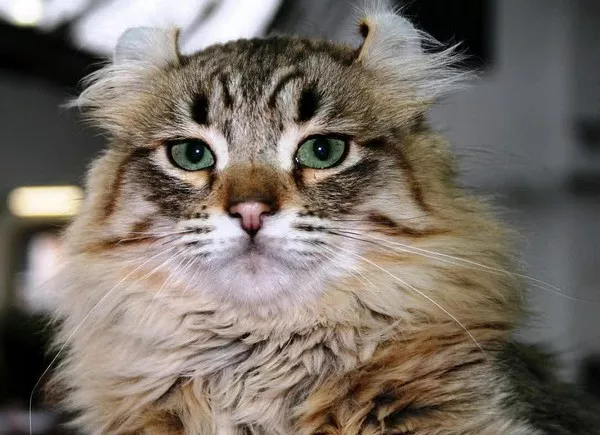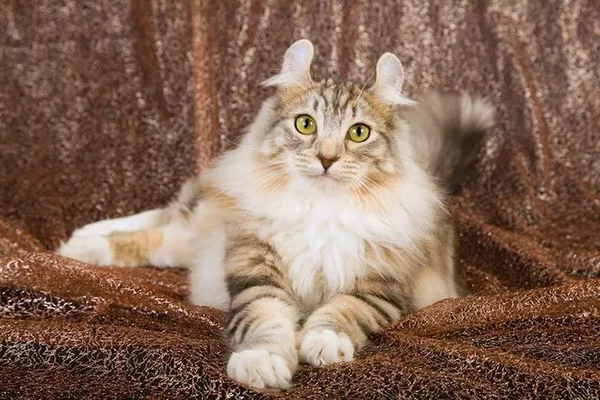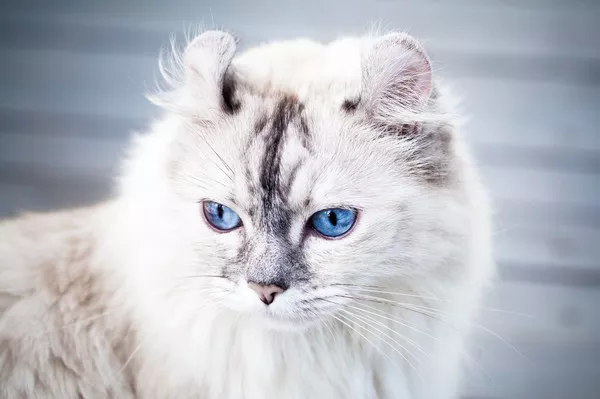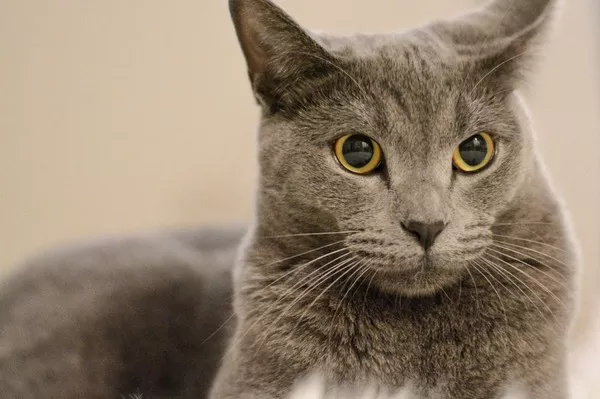The American Curl, recognized and cherished for its distinctive curled-back ears, stands out in the feline world. Emerging in the early 1980s in California, this breed has captured the hearts of cat lovers worldwide with its unique appearance and charming demeanor. This article delves into the specific growth and size characteristics of the female American Curl, providing a detailed analysis for prospective owners, breeders, and cat enthusiasts.
The American Curl Breed
The American Curl is notable not only for its curled ears, which result from a genetic mutation, but also for its friendly, playful, and affectionate nature. The breed was first recognized by The International Cat Association (TICA) in 1987 and has since become a popular choice for families and single pet owners alike.
Origins and Recognition
The American Curl’s story began with a stray cat named Shulamith, whose descendants carried the gene for the distinctive ear shape. This genetic trait is dominant, meaning that only one parent needs to possess the gene to pass the curled ear to their offspring.
Physical and Temperamental Characteristics
Beyond their ears, American Curls are known for their diversity in color and coat type, ranging from short-haired to long-haired varieties. They possess a moderately muscled body, a rounded head, and expressive eyes that complement their overall friendly expression.
Growth and Size Patterns of Female American Curls
Understanding the growth patterns of female American Curls is crucial for proper care and nutrition. Typically, cats undergo various growth phases, from kittenhood to adulthood, each requiring specific dietary and health considerations.
Kitten to Adult Transition
American Curl kittens experience most of their growth in the first six months. During this period, their nutritional needs are high, and they require diets rich in proteins and fats to support rapid development.
Standard Size and Weight
Female American Curls are generally smaller than their male counterparts. On average, a fully grown female American Curl weighs between 5 to 8 pounds, standing about 8 to 9 inches tall at the shoulder. The breed reaches its full size around the age of 2 to 3 years.
Nutritional Needs for Optimal Growth
The right diet is essential for the health and proper development of any cat, particularly during its growth phases.
Kitten Nutrition
Kittens require a diet high in protein and essential fatty acids, which support muscle growth, brain development, and coat health. It is advisable to feed them kitten-specific formulas that cater to these needs.
Adult Nutrition
As they transition to adulthood, American Curls’ dietary needs change. Adults need a well-balanced diet that maintains their health but prevents obesity, which can be a concern in less active individuals.
Considerations for Senior Cats
Older cats, typically those over 7 years, may need diets lower in calories but rich in fiber and certain nutrients to support joint health and overall vitality.
Health Considerations in Female American Curls
American Curls are generally healthy, but like all breeds, they can be predisposed to specific health issues. Awareness and early detection are key to managing these potential concerns.
Genetic Health Issues
While the ear-curling gene itself does not appear to be associated with any additional health risks, it’s essential for breeders to conduct genetic screenings for common feline diseases to ensure the health of the kittens.
Common Feline Diseases
Conditions such as kidney disease, hyperthyroidism, and heart disease are seen across many cat breeds in their later years. Regular veterinary check-ups can help catch and manage these conditions early.
Breeding and Genetics
For breeders of American Curls, understanding and managing genetic diversity is crucial. The curled ear trait, being dominant, is relatively easy to propagate. However, maintaining genetic health beyond the ears is vital.
Breeding Practices
Responsible breeders will ensure genetic testing and health screening of both parents, aiming to reduce the propagation of common genetic disorders and ensure the longevity and health of the breed.
Ethical Considerations
Breeding should always be performed with the welfare of the animals as the priority, avoiding overbreeding and ensuring that kittens are raised and socialized in healthy, loving environments.
Living With a Female American Curl
Potential owners should understand what to expect when bringing a female American Curl into their homes.
Personality and Behavior
Known for their sociable and affectionate nature, American Curls are excellent companions. They remain playful throughout their lives and often exhibit a kitten-like demeanor well into adulthood.
Care Requirements
Routine care for an American Curl includes regular ear checks to ensure cleanliness and health, grooming (especially for long-haired individuals), and providing ample playtime and interaction.
Compatibility and Social Temperament
American Curls are typically good with children and other pets, making them suitable for a variety of household types. Their adaptable and friendly nature often makes them a perfect fit for many homes.
Conclusion
The female American Curl is a delightful breed that combines unique aesthetics with a charming personality. Understanding their growth patterns, health needs, and social characteristics can help owners and breeders ensure these cats lead healthy, joyful lives. Whether as a family pet, a single companion, or part of a multi-pet household, the American Curl promises a rich and rewarding relationship with its human counterparts, making it a cherished member of the feline community.

























